Simultaneous with efforts by the Biden administration to make the United States’ energy infrastructure “green,” Chinese companies have become key suppliers of hardware to the U.S. electric grid that analysts are concerned could give China the ability to crash the grid if hostilities were ever to escalate.
Americans have become so used to an uninterrupted supply of electricity that our degree of dependence on the grid for the most basic necessities, such as food, water, heat, medical care, communication, and increasingly, transportation, often goes unnoticed. But experts say that the U.S. electric grid is an Achilles heel.
“If they’re able to knock the grid out, basically modern society is going to fall,” Joe Trotter, director of the Energy, Environment, and Agriculture Task Force at the American Legislative Exchange Counsel, told The Epoch Times.
“The modern grid runs our whole infrastructure, and without power, we don’t have refrigeration, our food supply goes down, our water supply goes down.
“If the power went out across the entire United States for a month, people would die. There’d be widespread looting. Two to three months and you might actually have a full societal collapse.”
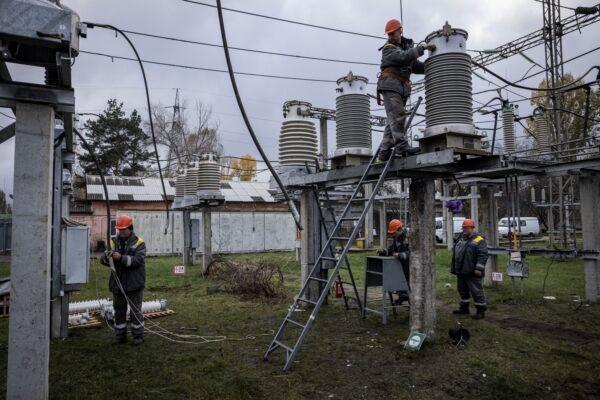
Attacking power grids has been a tactic of warfare since World War II, including the destruction of electric grids by the United States during wars in Korea, Vietnam, and Iraq. Most recently, Russia has employed similar tactics during its invasion of Ukraine.
But there have also been numerous examples of clandestine sabotage by countries such as Russia, China, and Iran on U.S. infrastructure over the past two decades. Despite these risks, however, U.S. electric utilities have increasingly been installing essential hardware components, such as transformers, that are made in China.
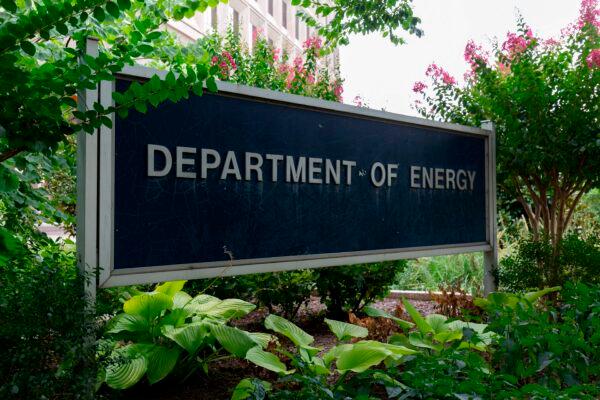
“There are other countries that can be sources of potential energy grid compromise, like Iran or Russia, but they don’t supply components at the same volume as China,” the report states.
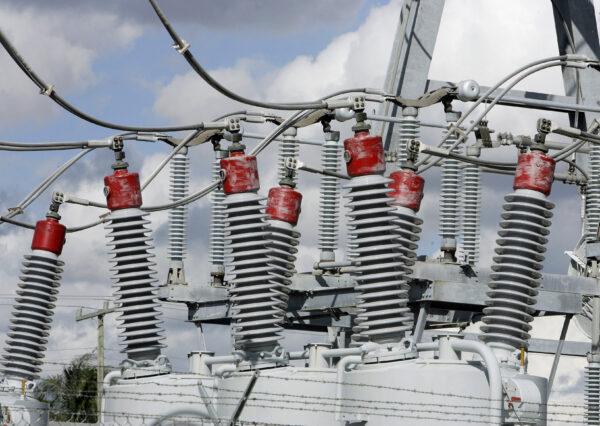
“What a transformer does is it simply raises or lowers the voltage,” Joseph Weiss, a control systems engineer and partner in Applied Control Solutions, told The Epoch Times.
Trump Orders Ban on Chinese Technology; Biden Rescinds Order
In a 2021 report to the U.S. Federal Energy Regulatory Commission, Weiss stated that “one of the first nation state cyberattacks against the U.S. grid was the Chinese cyberattack of the California Independent System Operator in 2001.” Weiss cited numerous other Chinese efforts to sabotage the U.S. grid since then.Outside of the electric grid, “most Chinese cyberattacks have been to steal data,” Weiss stated, but the transformer hacks were different. “There was no data to steal, only access to the operation of the transformers.”
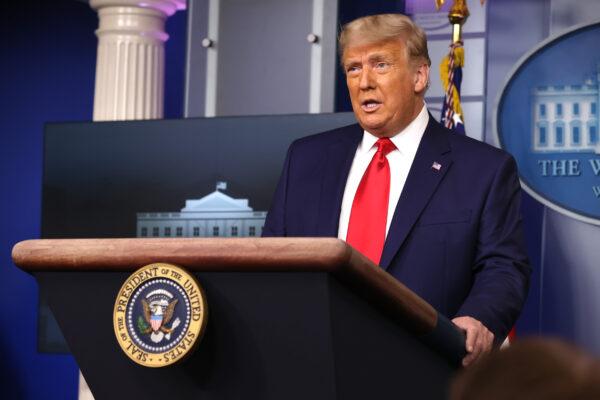
In May 2020, former President Donald Trump signed Executive Order 13920, which declared a state of emergency over the state of the power grid and banned the imports of Chinese equipment in its construction. Immediately upon taking office in January 2021, President Joe Biden rescinded that order.
Hardware ‘Backdoors’
In addition to software hacks, “China has been shown to be increasingly adept at using hardware to essentially leave networks vulnerable,” Trotter said. Computer hacking is done using code, he said, “but on the hardware side, they literally put something on the chip that leaves it vulnerable to manipulation ... and then these chips have wound up in energy infrastructure.”While software hacks can often be blocked and vulnerabilities plugged through the use of code, removing physical hardware embedded in chips is much more difficult. Among the concerns with Chinese hardware is that “back doors” can be built into computer chips that allow the Chinese Communist Party to control their performance remotely. According to Trotter, there are a number of ways the grid could be impaired through these back doors, one of which is to misdirect the computer chips that control the flow of electricity.
“They can essentially create a second pathway to allow the chip to believe that they’re acting normally, while actually ramping things up,” he said. “The chips on the monitors for the amount of electricity going across the transformers can [register] that it’s within normal parameters, when what’s actually happening is the electricity output is so high that the cables are on the verge of melting.”
Chinese companies have become competitive in the construction of equipment such as transformers from the experience they gained building out China’s electric grid, which is operated by the monopoly State Grid Corp. of China, the world’s largest utility. They are competitive on cost and on access to the materials necessary to build the components.
Transformers are generally custom-made, at a cost of millions of dollars, with delivery times from several months to more than a year. Two European engineering companies that manufacture transformers, Siemens in Germany and ABB in Switzerland, often use Chinese components.
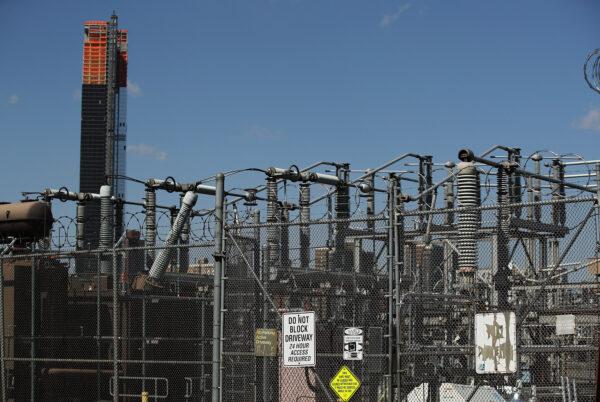
US Is ‘Captive to Chinese Cartels’
A May 20 report by energy analyst Robert Bryce stated that “two years ago, about 40 environmental groups, including Friends of the Earth, 350 Action, Earthworks, Sunrise Movement, and Union of Concerned Scientists, signed a letter urging Congress and the Biden Administration to work with China on a ‘new internationalism.’”They called on Biden and Congress to “eschew the dominant antagonistic approach to U.S.-China relations and instead prioritize multilateralism, diplomacy, and cooperation with China to address the existential threat that is the climate crisis.”
“China is the world leader in industrial capacity across a number of clean energy industries,” the environmentalists wrote, according to Bryce, and “working together could speed the transition away from dirty energy economies.”
Thomas Waller, CEO of the Center for Security Policy, told The Epoch Times that between 2002 and 2021, in addition to transformers, U.S. utility companies imported more than 171 million inverters from China. During the same period, the United States imported more than 3 million electricity meters from China.
Sheahan continued, “In fact, nearly every element of the technology-based digital smart grid is dependent on Chinese-made components with murky provenance.”
Puesh Kumar, director of cybersecurity at the U.S. Energy Department, stated at the Senate hearing that “domestic manufacturing is not going to address the short-term issues; it’s going to address the medium- and long-term issues.”
EVs, Solar Panels Create New Threats for the Grid
So-called “green” laws and regulations from both the Biden administration and liberal states such as California, New York, and Washington are pushing cars, home heating, stoves, and more onto the electric grid, and energy experts warn that the grid is being pushed beyond its capacity. But cyber experts are concerned that some of these products carry security risks for the grid too.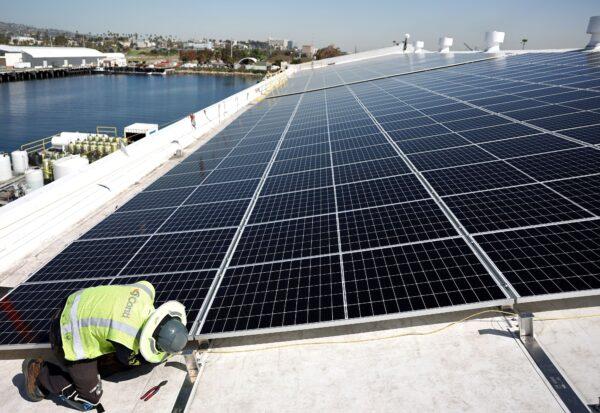
“Americans are purchasing rooftop solar panels and electric vehicles at a rapid rate,” Sen. Joe Manchin (D-W.Va.) said at the March 23 energy hearing. “While experts are still determining the degree of risk, there is concern that these new resources can serve as additional entry points for cyber adversaries to target the grid and could have the possibility to cause major disruptions and cyberattacks on our energy system.”
“Electric vehicles are packed with chips and software that control everything from their batteries and motors to cruise control and braking,” the report stated. “They also are plugged into chargers almost daily, sending information back and forth over charging networks or the internet, and they communicate wirelessly with the companies that made them, EV dealers, cellular and home Wi-Fi networks and apps on their owners’ phones.”
Barrasso criticized the Biden administration for “forcing the rapid adoption of technology that is inherently more vulnerable to cyberattacks and exploitation.”
“According to leading cybersecurity experts, electric vehicles offer orders of magnitude more targets for cyberattacks than standard internal combustion engine engines, orders of magnitude greater risk,” he said.
And while utilities across the United States invest in upgrades and new technology, this modernization in some respects also adds to the grid’s vulnerabilities and puts ever larger segments of the grid at risk.
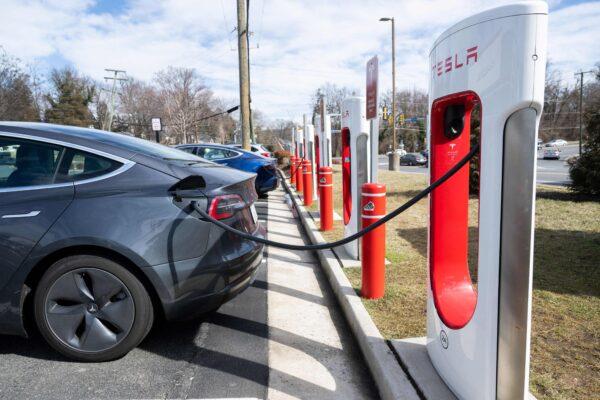
While the U.S. grid had formerly been characterized by a patchwork of regional and local systems, featuring a wide variety of equipment and technology, today, our grid is becoming more uniform and more dependent on management systems that are directly connected to the internet.
Speaking at the March Senate hearing, Robert Lee, CEO of Dragos, a cybersecurity firm, said that “the industrial threat landscape has shifted irreversibly this past year.”
“The heterogeneous nature of our industrial infrastructure made it difficult for adversaries to create repeatable attacks that cause disruption or physical damage,” Lee said. “For good reason, the industry has moved towards homogenous infrastructure with common software packages, network protocols, facilities, designs, training, and so forth. I warned that one day an adversary would take advantage of this, though, and in 2022 that adversary emerged.”
Biden Administration Takes ‘Holistic View’ on Grid Risks
During the hearing, Sen. Josh Hawley (R-Mo.) stated that “the risk of malicious hardware implants was sufficiently high that the [Trump] administration seized some Chinese transformers back in 2020.” Hawley asked Kumar what percentage of the United States’ transformers are made in China today.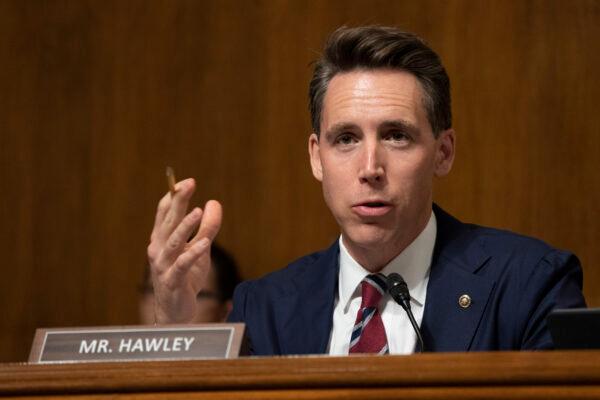
Kumar replied, “We’re doing that analysis right now to see what pieces of equipment have some of these concerning areas.”
“It sounds like you don’t know,” Hawley said. “When do you think you might know?”
“I’m happy to get back with you on that answer,” Kumar replied.
“I find this really quite baffling,” Hawley responded. “This leads me to ask why it is that this administration suspended the last administration’s executive order that restricted the procurement of foreign electric equipment.
“Why would we allow China, a country that’s suspected of numerous cyberattacks against the U.S., to supply major components for our electric grid?”
Kumar replied, “We have to take a more holistic view of supply chain security. Just having an approved list is not the only way to secure our supply chains.”
Biden’s executive order is “under review,” Kumar said. “But know that this is an area that’s a priority for us at the department.”
“The electric grid is one of the greatest engineering marvels that’s ever been done,” Weiss said. “But you lose transformers and things like that, you cannot run the grid, period.
“We’ve got a lot of really critical equipment, and the people quote-unquote protecting it don’t understand how that equipment works. That’s a recipe for disaster.”
“We should not depend on China for anything that sustains life in the United States of America, but particularly the backbone of our most critical infrastructure,” Waller said. “In our nation, that backbone is high voltage transformers; the grid doesn’t operate without them.
“It plays right into what Sun Tzu, the Chinese philosopher thousands of years ago, said: ‘The supreme art of war is to subdue your enemy without fighting.’”
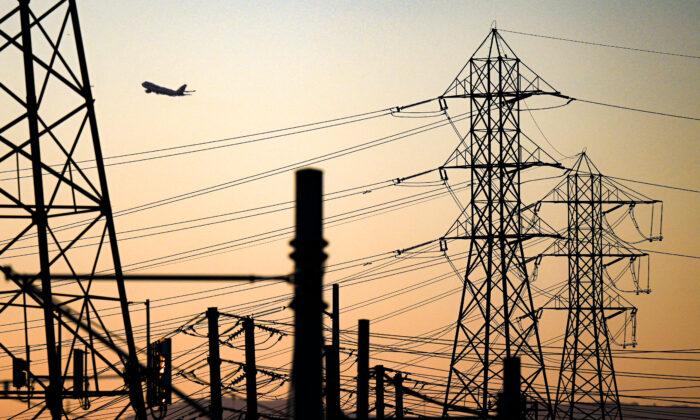

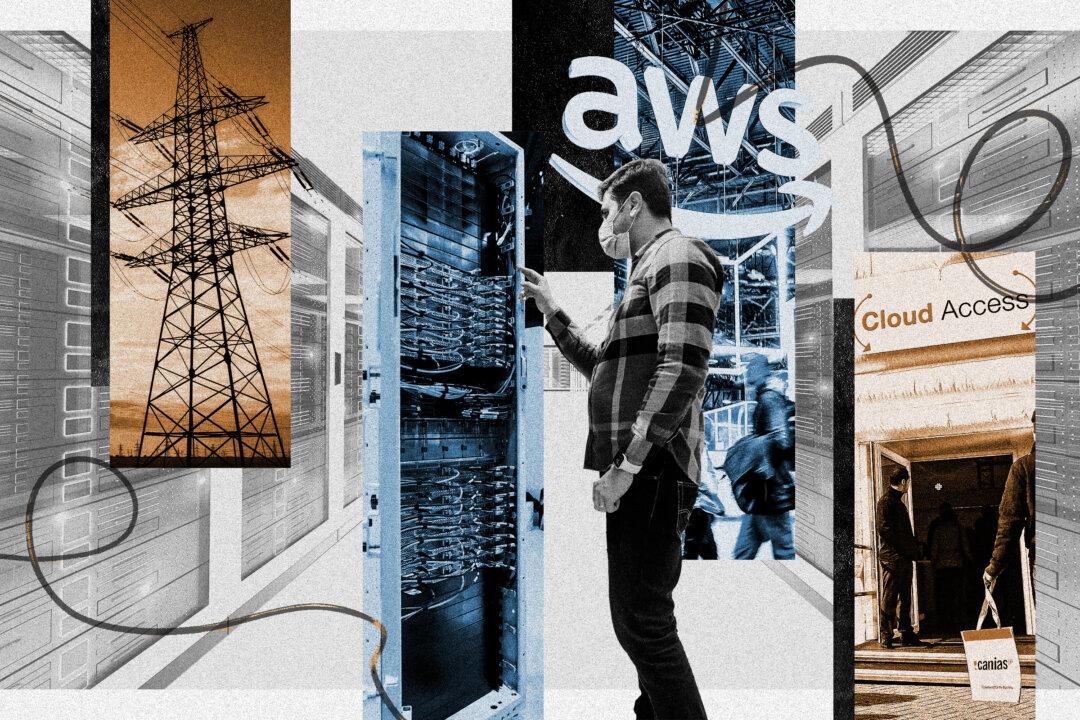

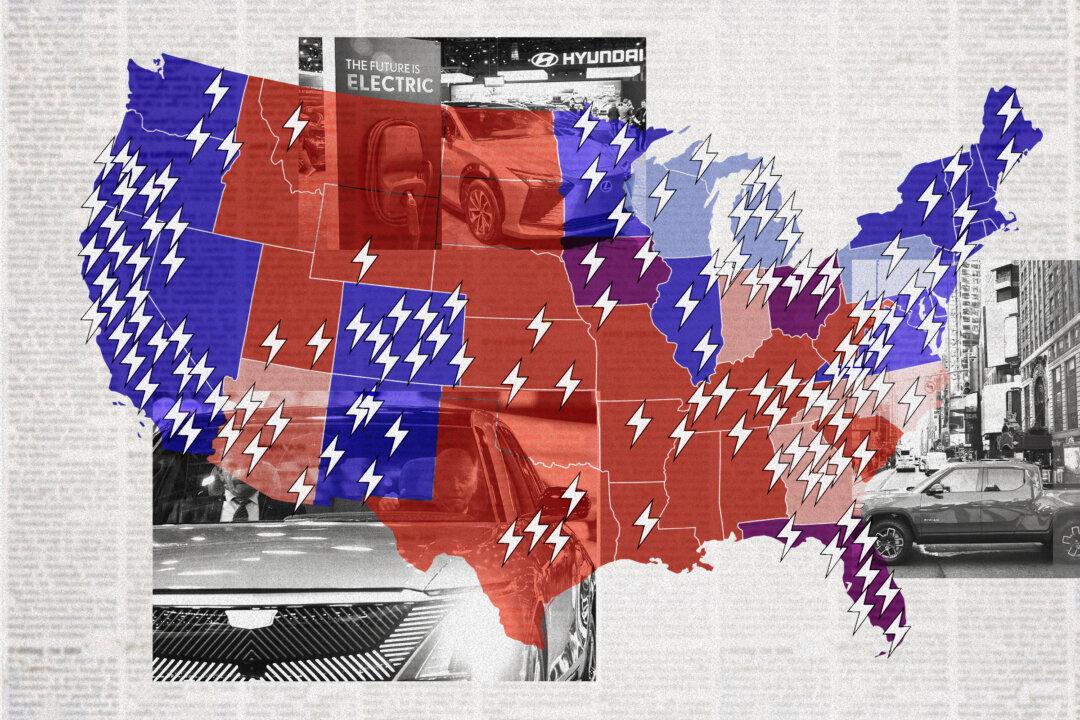

Friends Read Free